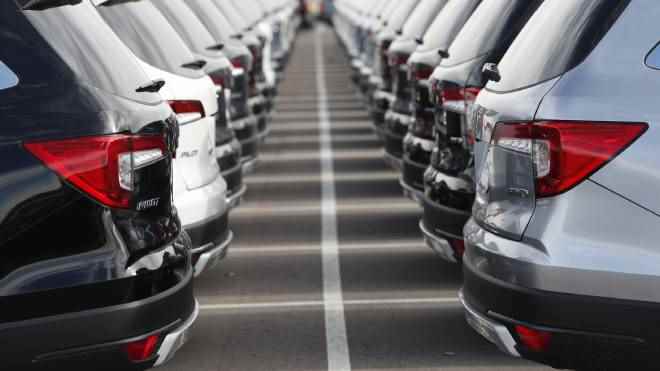While the increase in automobile prices continues, the options for purchasing vehicles exempt from SCT, which disabled users are entitled to due to their health problems, are less than ever.
Perhaps no expert in the world could have predicted the short-term impact of the coronavirus epidemic, the first cases of which were recorded in November 2019. Along with the process that brought about serious loss of life in such a short time, we encountered developments in the global economy that shifted the balances. Availability problems caused by production disruptions on the automotive side of the coin caused price increases that were also felt in Turkey. We also witnessed that second-hand models were presented to the markets with labels exceeding the new model year vehicles in an environment where zero kilometer vehicles could not be supplied.
After the effects of the virus decreased and productions recovered relatively, a new problem awaited us at the door this time; “Chip crisis!” While a new supply shortage, which is still felt today, brings along disruptions in automobile production, with 2022, “What could be worse?” A war agenda, almost an answer to the questions, greeted us. The war that broke out between Russia and Ukraine is causing a disruption in the production of many European-based manufacturers today. Current markets, where all of these come together and production costs increase, inevitably increase the amount that the end user will pay for a car. Turkey’s economy, on the other hand, has made the power to buy a new car a dream for many people. This situation is almost like a narrowing circle for users who have the right to purchase vehicles with SCT exemption due to health problems.
YOU MAY BE INTERESTED
Where did it come from in 1 year in the purchase of vehicles with SCT exemption?
The depreciation of the Turkish Lira against foreign currencies has serious effects on the automotive side, as in many other sectors. Monthly increases in prices, which have now become routine, have taken place almost weekly in the recent past, almost jumping in size. In the last table, we see that even Dacia Sandero, one of the most affordable vehicles in Europe, is based on the 400 thousand TL limit. We know that C segment SUV models can be taken to these figures when we wrap the calendars not so much one year ago, in the first quarter of 2021. This is actually a proof of how wide the SCT exempt vehicle option is. Within the legal limit of 330,800 TL for 2021, qualified models beyond the passenger segment such as Citroen C5 Aircross, Nissan Qashqai, Volkswagen T-Roc could be purchased. This limit, which was reduced to 450.000 TL with an improvement of 120 thousand TL in 2022, has now squeezed the options between the A and B segments, as of the last point of the prices.
YOU MAY BE INTERESTED
It should be especially noted that this B segment example we mentioned does not cover all vehicles. According to the current March lists, no automatic transmission version of models such as Volkswagen Polo and Opel Corsa can be purchased by disabled users. While the new Skoda Fabia, which entered the market last week, is within the legal limit with only one version for now, it will not be surprising that this option will become a dream with the possible hikes in a few months. The fact that Skoda, whose Karoq, Octavia and Superb models can be purchased within the SCT exemption limit in 2021, cannot sell any of its cars within this limit until Fabia arrives is just one example.
YOU MAY BE INTERESTED
Which automatic vehicles are available in the current market?
As we have just mentioned, buying a new car at the last point reached is beyond a dream for many users. The reflection of the interest in high mileage and old model year vehicles in the second-hand market on the graphics also reveals the dynamics of the accessibility of the public. When we consider the process for users with disabilities, the options for the list of models with automatic transmission are more limited than they have ever been. Apart from mini vehicles in the entry segment such as the Hyundai i10, Kia Picanto and Fiat Panda; Hyundai i20, Hyundai Bayon, Renault Clio, Renault Taliant, Kia Rio, Kia Stonic, Seat Ibiza, Peugeot 208, Dacia Sandero, Citroen C3, Honda City, Nissan Micra, Suzuki Swift, Toyota Yaris and Toyota Corolla. It is also worth noting that most of these cars we have mentioned are within the exemption limit with only one version.
